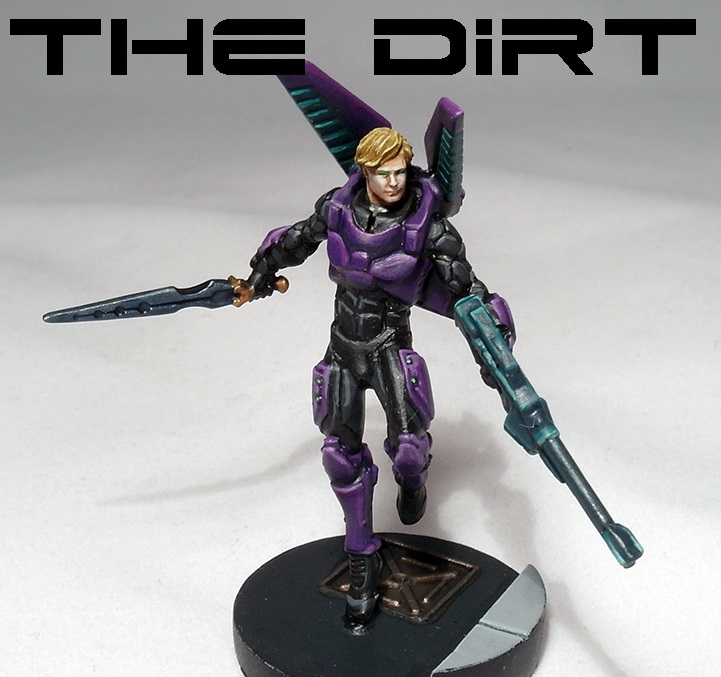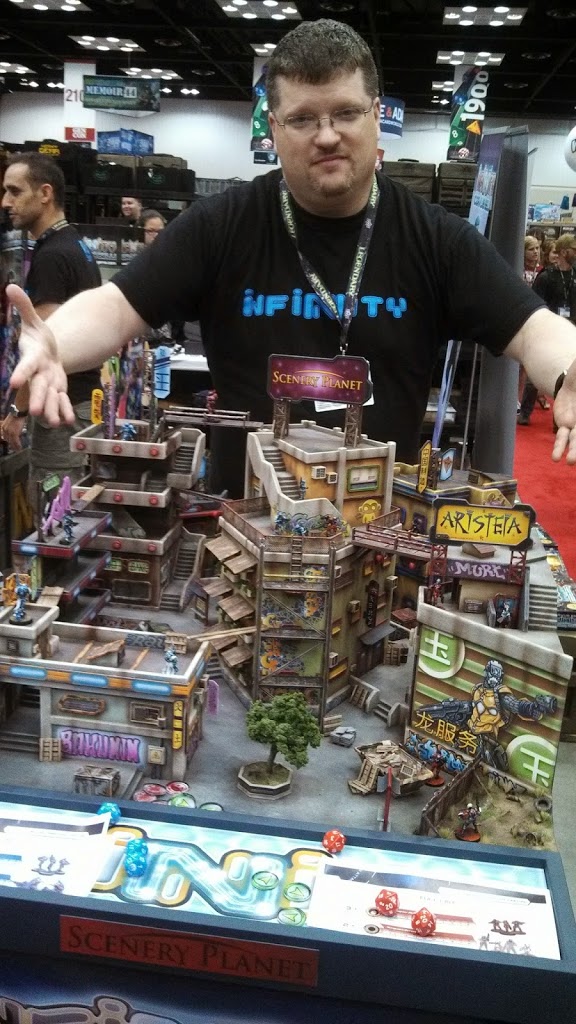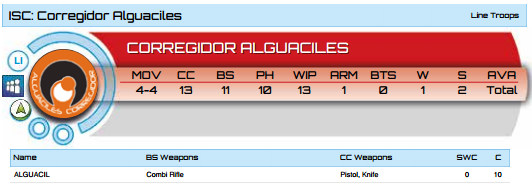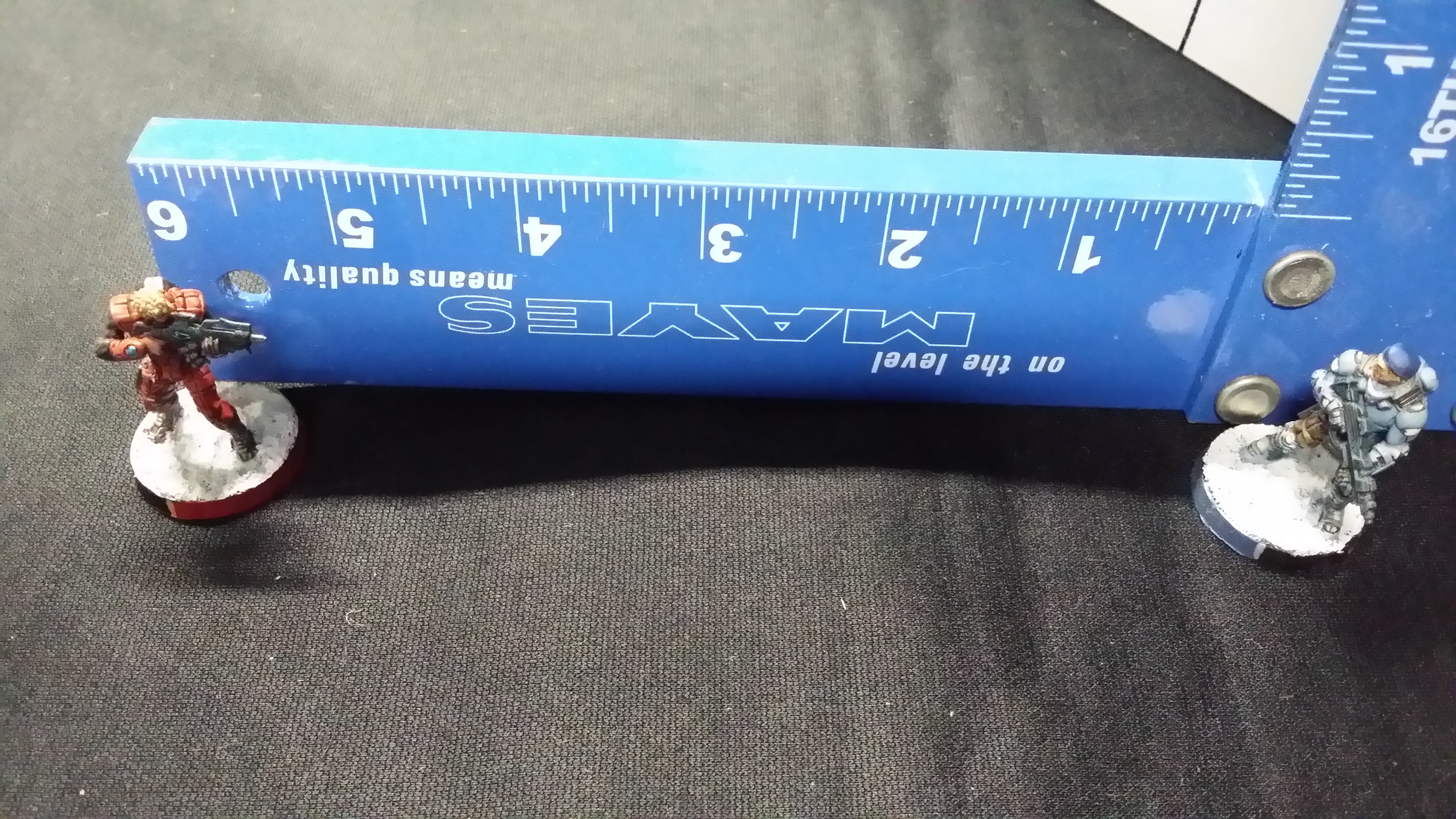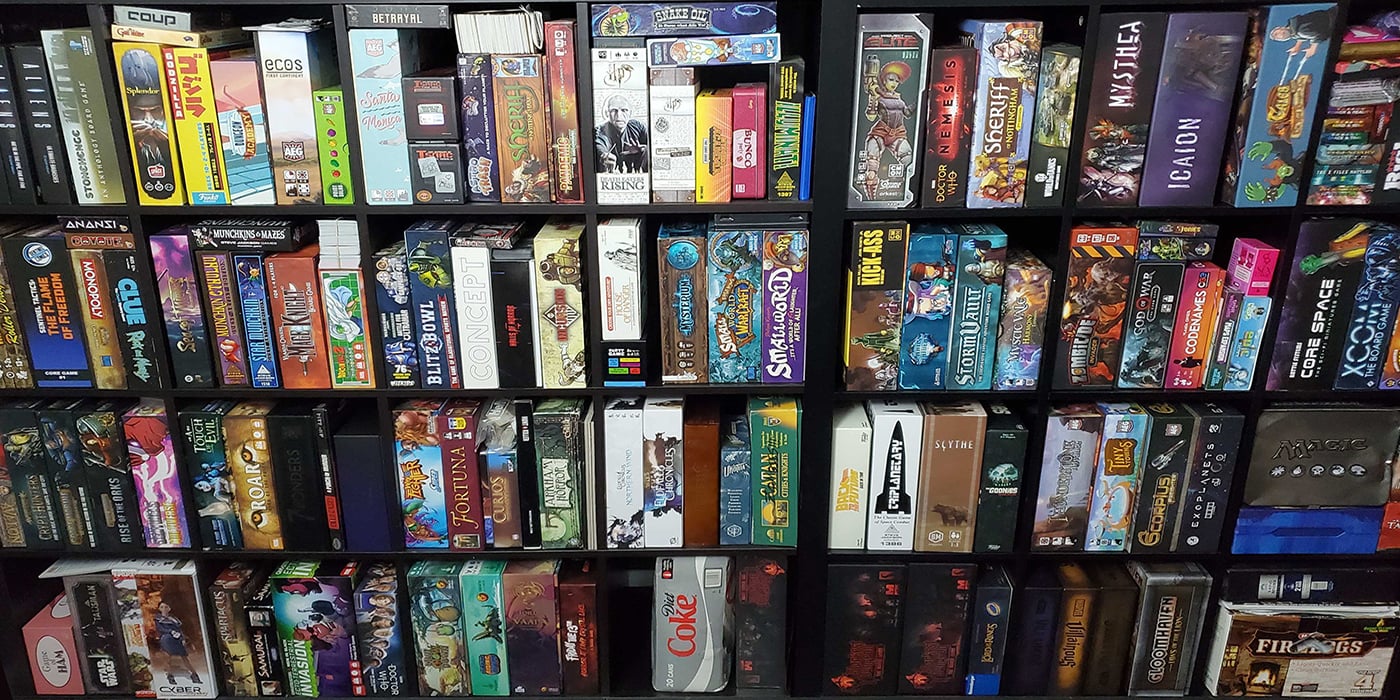Infinity GenCon Demo in a nutshell – Part 1


For the past two years, I’ve been running the majority of demo games for Corvus Belli at GenCon. Here’s the gist of the 3rd edition demo. Photo by Lee Russ
In 2012, the talented guys over at CovenantTCG filmed me doing a 2nd edition Infinity Demo at GenCon. For more details on that, please reference my earlier article. While there were a few YouTube channels that filmed a full blown 3rd edition Infinity Demo during GenCon 2013, I haven’t seen it posted anywhere. So I present to you here what that might look like within a blog. You may see a huge similarity between this blog and the CovenantTCG video, that is because the TRUE core mechanics have not been altered too greatly. The second you step away from the fundamental design, the changes start getting pretty wide. I find that I’m needing to review a 3rd edition demo so there’s an initial point of reference for new players when we start taking deep dive looks at particular 3rd edition rules. Also, for those of you who were unable to come out to GenCon last year, this is what you missed out on… Well, you also missed out on seeing Tabitha Lyons as a Bolt, and hanging out with Angel Giraldez, but I digress.
Let me set the scene, you have approached my demo board where I have the line troops from the Operation:Icestorm. You have lined up behind the PanO models so we will assume that they will be your force for the demonstration. Another demo requester, Bob, takes over for the Nomads. From here forward, please read this article as if I was talking to you.
There are only three things you need to know about Infinity in order to start playing your first demo game. The first of these three things are the different types of dice rolls.
The News – The Normal Roll
The first type of roll is the Normal Roll. Normal rolls occur when a player is not rolling against the other player. To succeed at a normal roll you roll a 20 sided dice (d20) and you need to roll the target value or less. An example of this is a player using a miniature with the doctor skill to heal another model. While none of the line infantry troops we are using today have the doctor skill, let’s pretend that they did. This second model in your force is at zero wounds and unconscious. Your doctor model is in base to base with the unconscious model and is attempting to revive them. The target value you are looking for is your model’s WIP (Will Power) value or less. Since you have a WIP value of 12, you are looking for a 12 or less.
You rolled a 13, since you exceeded your target value of 12, you failed at the doctoring attempt. Unfortunately in Infinity, a failed doctoring attempt causes a wound. So your model slips to -1 wounds. In Infinity positive wounds the model is alive and functions normally, at zero wounds, they are unconscious, at negative wounds they are dead and unless otherwise stated, can be removed from the board.
I noticed you looked over at the Nomad troop profile, yes, they have a WIP value of 13, in that case, the doctoring attempt would have succeeded, the model being doctored would have one wound (although still prone).
So as a refresher, normal roll is when only one of the players is rolling. Success is rolling the target value or less.
The Skinny – The Face to Face Roll
Without going into detail right now about how these two models have arrived at this scenario, we will assume that they arrived at this point and are firing at one another. In this example the Nomad player is the active player and the Pano player is the reactive player. Both models are using Combi Rifles which has a +3 range modifier up to 16 inches. Measuring from the front of base to the front of the other base we arrive at a distance of approximately five and a quarter inches.
So in this example, we take the Ballistic Skill of the Nomad model (11) and add the range modifier (+3) to arrive at a target value of 14. Because this is a face to face roll, we must calculate the target value for the PanO player. Starting with the PanO Model’s BS (12) and range modifier (+3) we arrive at a target value of 15. The Combi Rifle is a burst 3 weapon.
Active players get to utilize the entire burst, which means the Nomad player will get to roll three 20 sided dice. Reactive players get to roll only one die regardless of the weapons burst rating. While there are a few instances where reactive players may get to roll more than one die, it is beyond the scope of this demo, and is for the most part, fringe cases. Let’s see what you rolled.
You rolled a 9 and Bob rolled a 3, 10, and a 16. In a face to face roll, you discard the dice that would have been failures (in this case Bob’s 16). And then you look for the dice rolls that are successful, but better than your opponents. The 3 is a success, but your 9 is a higher value (that is still a success), so the 3 is discarded. Bob’s 10 is a higher value (while still a success) than your 9, so your 9 is discarded. In this case your PanO model takes one hit.
Let’s change the dice rolls, just to explore other face to face roll scenarios.
Let’s change Bob’s dice rolls to 3, 9, and 16. In this case your nine is a higher value than Bob’s 3, but what about the fact that you both rolled a 9? In a face to face roll, there is at max one winner. When you both rolled 9s, the tie cancels both dice rolls. There is one exception to the tie roll.
Let’s change your roll to a 14 and Bob’s rolls to a 1, 14, 16. Again, Bob’s 16 is too high so it’s discarded. Bob’s 1 is bested by your 14 so it’s discarded. And normally ties would cancel each other out. But Bob’s 14 is exactly the target value he was looking for. So that is classified as a critical hit. Critical hits can only be canceled by other critical hits. Had you rolled a 15 instead of a 14 (your target value, so you would have a critical hit as well), the two critical hits would cancel each other out (even though 15 is higher than 14).
The last example. You rolled a 9 and bob rolled a 3, 10, and 14. The 3 would be discarded because your 9 is a higher (non-critical) value. Bob’s 10 would be a savable hit, and the 14 would be a critical hit. Your model is hit twice.
Critical hits (that are not canceled by other critical hits) would be an automatic wound. Non-critical hits allow us to utilize the last type of dice roll. The armor save.
To recap one more time, for Normal and Face to Face rolls, you are looking to roll on the target value or lower. Although for Face to Face rolls, you are also wanting to roll higher than your opponent or critically succeed.
The DiRT – The Armor Save
We’ll use your original dice rolls, where the PanO player was hit once. To succeed at an Armor save, you have to EXCEED your target value. In this case, we look at the damage rating of a Combi Rifle (which is 13). We subtract the armor rating of the person being hit (1) because the model is being hit with normal ammunition. Giving you a target value of 12. What do you have to roll to shrug off the damage?
You need to roll a 13 OR HIGHER. You have to exceed the target value of 12.
You roll a 14, and you model shrugs off the hit. Since your model survived the hit, you model will need to do a guts check. Guts checks are normal WIP rolls, so you’d have a 12 or LESS (take a look above). You could also CHOOSE to fail. But why someone would choose to fail is beyond the scope of this article.
So that’s the news, the skinny, the dirt of the first part of the Gencon Demo Experience. Next Week, we’ll finish the rules discussion and dive into the action.

